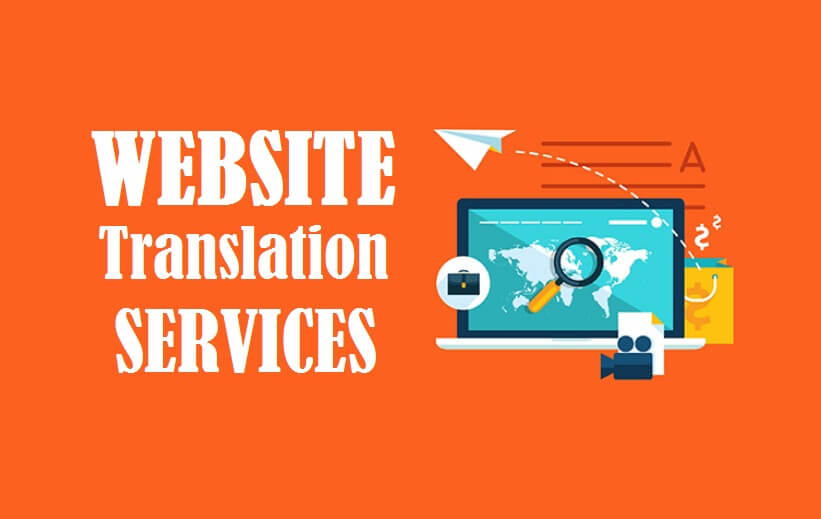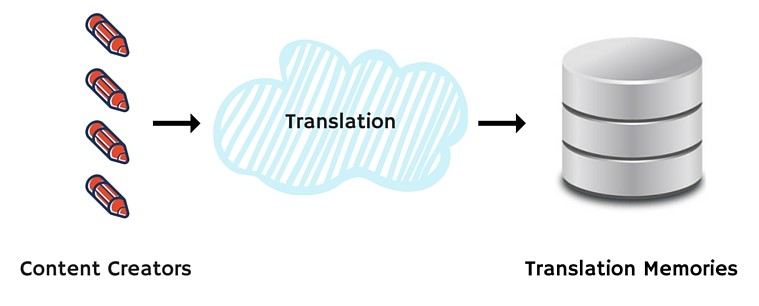The work of a translation agency is obvious. Translation, transcription, localization, as well as transcreation. Transcreation is the latest trend in the translation industry. And it really broadens the domain of this industry as well. Let’s get to know about transcreation a little better.
What is transcreation?
Transcreation is the creation of new content in relation to a product or a service in a different place. But delivering the same intent and emotions as the original content. Transcreation mainly falls under the category of marketing communications. People also refer to it as Marcomm translation or marketing translation. The main purpose is to advertise and market it according to a different place. Well, the purpose of translation is also the same. But translation does not involve the creation of new content.
Is it localization?
Moreover, many might confuse it with localization. But the truth is that the line between localization and transcreation is very thin. Localization involves changes to the original content in order to adapt to cultural variations. Moreover, it is a tool to combat blind and illogical literal translations. But it rarely involves any new creation of content either. It involves modifications to images, textual material, and rarely the layout. But the meaning has to be the same. It has its limitations when it comes to modifications. When a business wants to localize its product or services; it generally wants the result of the localization to have the majority of features of the original content.
But the case is a little different in the case of Marcomm translation. In this situation, clients give a lot of freedom to the translation agency to match the product or service according to a different culture. Because here, the primary focus shifts a little from the creation of a brand image. Or to be more specific a brand tagline. Yes, businesses often change their taglines in order to market their goods in a foreign place. By now, it may be obvious what the purpose of this kind of translation is.
So, what is the new content that a transcreation process creates?
This process has the freedom to create entirely new taglines, product names, dialogues, images. And also layout in cases of websites and printed advertisement material. It does not involve the creation of new video content since that would incur huge costs.
What distinguishes transcreation from translation?
While translation focuses on replacing words from one language with words from another, transcreation services focus on conveying the same message and concept in a new language.
Transcreation allows translators to use their own creativity and cultural knowledge to create content that will appeal to a new audience.
What are the benefits?
The benefits are far bigger than that a client receives for translation. It directly questions the main purpose of translation, that is, marketing and expansion. And for that, it allows a translation agency to do anything to achieve that goal. Moreover, it also incurs a lesser cost on the client’s part.
The benefits are mostly on the side of the business opting for this service if they can get their desired product at a less cost. In that case, the translator working on the project will suffer. As it involves much more work than regular translation or localization. Big translation agencies have teams that work on a single project. But that would obviously cost the client a little more.
If you’re interested in transcreation or translation, get in touch with us for a free consultation on how we can help you.



